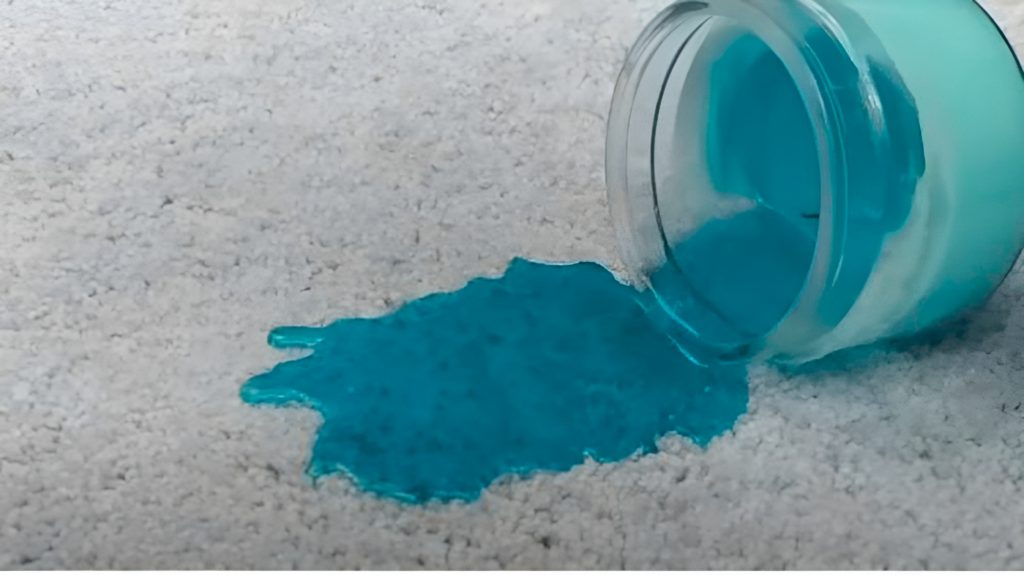Pets bring endless joy and companionship, but they can also wreak havoc on your carpets. From scratches and tears to stains and odors, pet damage can leave your carpet looking worse for wear. The good news is that most pet-related carpet damage can be repaired with the right techniques and tools.
In this guide, we’ll explore effective ways to fix carpet damage caused by pets, provide tips to prevent future mishaps, and explain when to seek professional carpet repair services for a flawless finish.
Common Types of Pet-Related Carpet Damage
Understanding the types of damage your pet might cause can help you address the problem more effectively:
- Tears and Scratches: From clawing or digging into the carpet fibers.
- Stains: Caused by pet accidents, spills, or food remnants.
- Odors: Lingering smells from urine or other pet messes.
- Chewed Carpet: Edges or corners of carpets damaged by teething pets.
Effective Ways to Fix Pet Damage on Carpets
1. Remove Stains and Odors
Pet stains are among the most common carpet issues, and prompt cleaning is essential to prevent permanent discoloration or odors.
Steps:
- Blot the stained area with a clean cloth to absorb as much moisture as possible.
- Use a solution of equal parts white vinegar and water to clean the spot.
- Sprinkle baking soda over the area and let it sit for 15 minutes to neutralize odors.
- Vacuum the area thoroughly to remove residue.
Best For: Fresh stains and mild odors.
Tip: For stubborn stains or lingering smells, use an enzyme-based cleaner specifically designed for pet messes.
2. Repair Torn or Frayed Carpet
Pets often scratch or tear carpets, especially near doors or furniture.
Steps:
- Trim loose or frayed fibers with scissors to create a clean edge.
- For small tears, apply carpet adhesive to secure the fibers back in place.
- For larger damage, cut out the damaged section and replace it with a matching patch.
Best For: Minor tears or localized damage.
Tip: Match the pile direction of the replacement patch to the existing carpet for a seamless look.
3. Fix Chewed Carpet Edges
Pets often chew on the edges of carpets, leaving them frayed or uneven.
Steps:
- Trim the chewed edges with scissors for a neat finish.
- Apply carpet binding tape to secure the edges and prevent further damage.
- Use a carpet adhesive to reinforce the binding tape for a durable fix.
Best For: Damage along the edges of carpets.
Tip: If the damage is extensive, consider replacing the edge with a new binding strip.
4. Patch Burnt or Severely Damaged Areas
Burns or severe damage caused by pets may require patching.
Steps:
- Cut out the damaged area using a carpet knife or utility blade.
- Use a matching carpet remnant to create a replacement patch.
- Attach the patch with double-sided carpet tape or adhesive.
- Press down the patch with a seam roller for a smooth finish.
Best For: Large or severely damaged areas.
Tip: Use remnants from the original installation or take a piece from an inconspicuous area, like a closet.
Preventing Future Carpet Damage
While fixing pet-related carpet damage is possible, prevention is always better:
- Train Your Pets: Teach pets not to scratch, chew, or dig into the carpet.
- Trim Pet Nails: Regularly trim your pet’s nails to reduce the risk of scratches.
- Use Rugs or Mats: Place rugs in high-traffic areas or spots where your pet tends to rest or play.
- Provide Alternatives: Give your pets scratching posts, chew toys, or other distractions.
- Clean Spills Immediately: Address accidents or spills as soon as they happen to prevent stains.
When to Call Professionals
While DIY solutions work for minor damage, some situations require expert intervention. Consider hiring professionals if:
- The damage is extensive or covers multiple areas.
- DIY repairs haven’t resolved the issue.
- Stains and odors persist despite thorough cleaning.
For expert assistance, contact Pet Damage Carpet Repair Near Me to restore your carpets to their original condition.
Benefits of Professional Carpet Repair
- Expertise: Professionals have the tools and skills to handle even the most severe pet damage.
- Time-Saving: Repairs are completed quickly and efficiently.
- Seamless Results: Expert repairs blend perfectly with the existing carpet for a flawless finish.
- Long-Lasting Fix: Professional solutions ensure durability and extended carpet life.
Maintaining Your Carpet After Repairs
To keep your carpet in excellent condition after repairs:
- Vacuum Regularly: Remove dirt, hair, and debris before they embed into the fibers.
- Use Carpet Protectors: Apply a carpet protector spray to repel stains and spills.
- Schedule Professional Cleaning: Annual deep cleaning helps maintain your carpet’s appearance and longevity.
- Monitor Pet Behavior: Address destructive behaviors with training or toys to prevent future damage.
Conclusion
Carpet damage caused by pets is a common issue, but it doesn’t have to be permanent. Whether it’s stains, tears, or chewed edges, there are effective DIY solutions for most problems. For more extensive damage or a professional finish, expert carpet repair services can ensure your carpet looks as good as new. With proper care and occasional repairs, your carpet can remain beautiful and functional for years to come, even with pets in the house.
Published on: January 29, 2025


